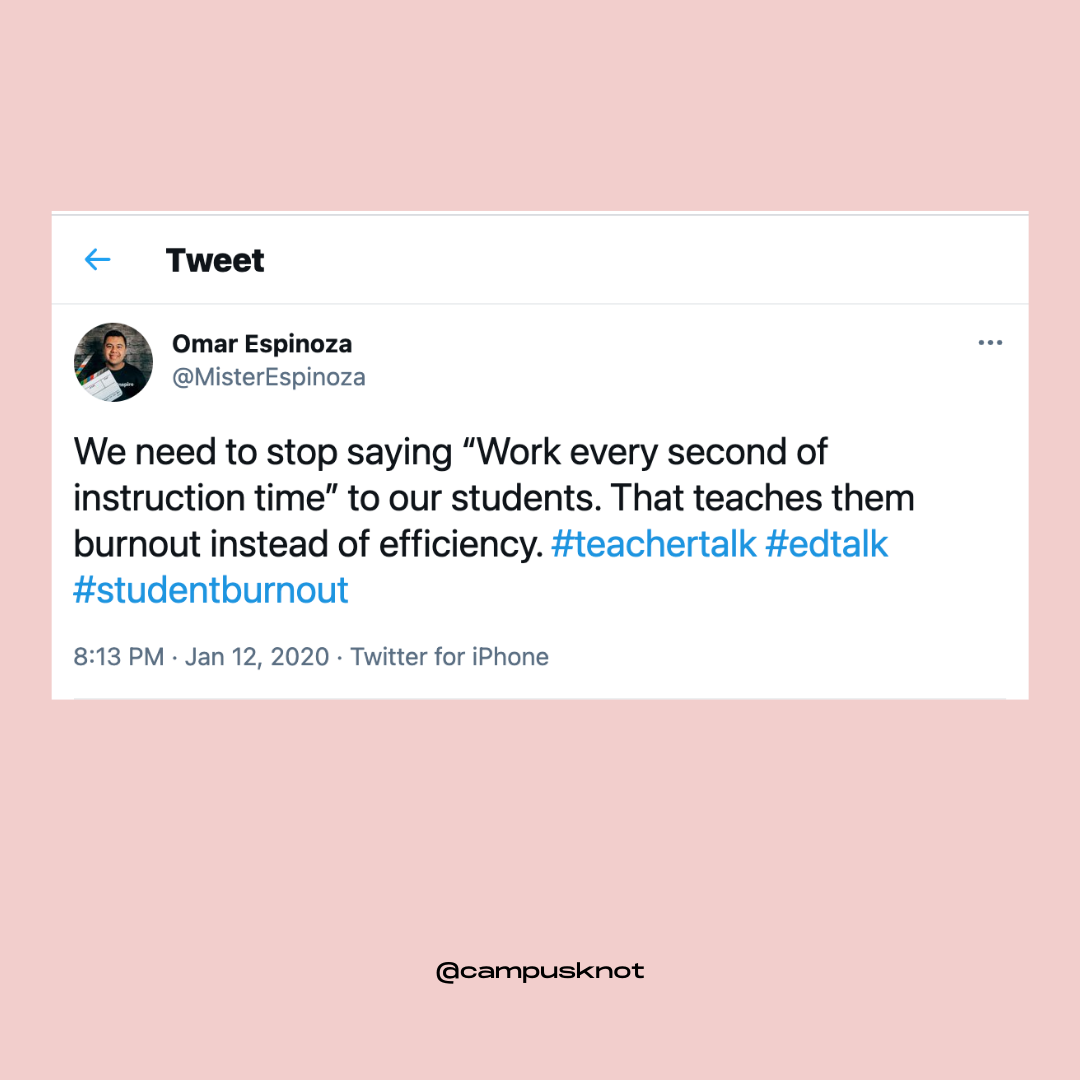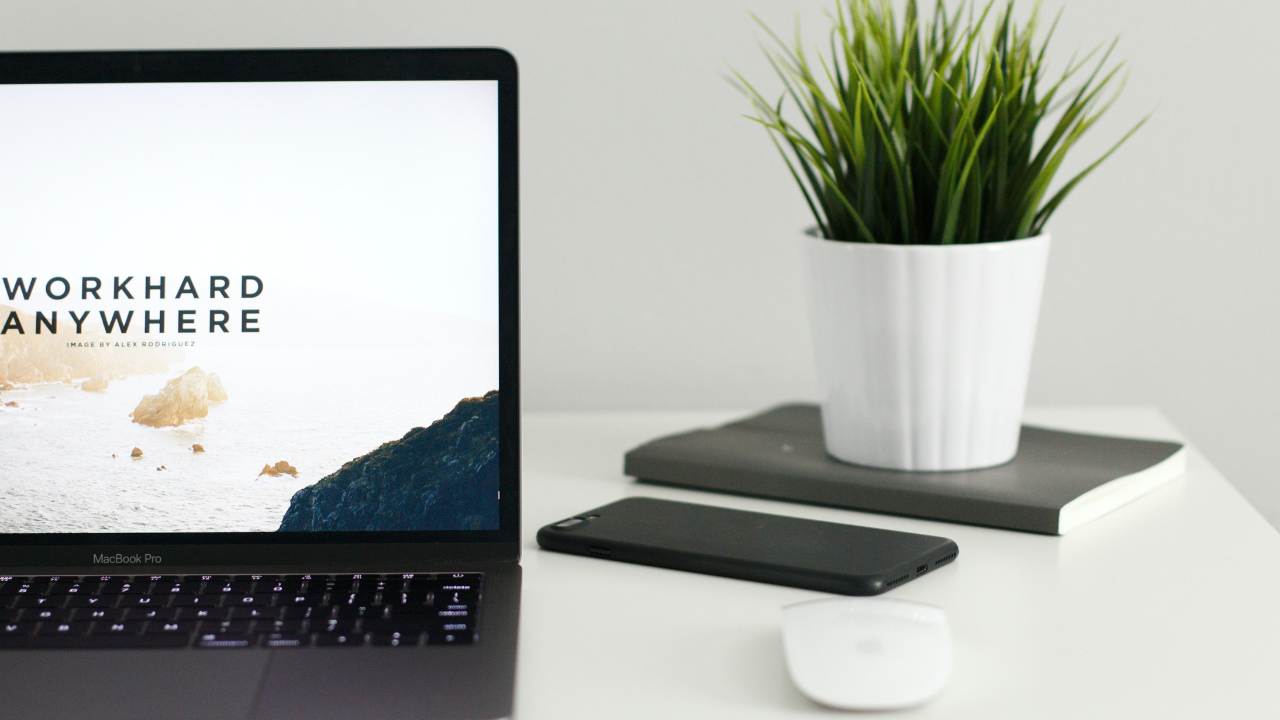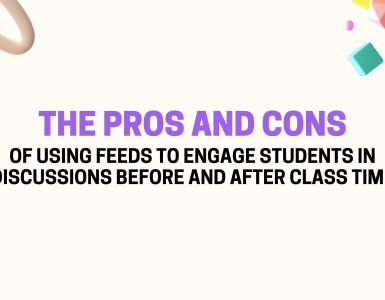If you’re currently teaching or attending classes, you’ll likely know weekly check-ins are essential for your overall emotional and physical wellbeing. Daily assessments, Zoom calls, project deadlines, tests, extracurricular activities, etc., are just a few of the multiple requirements students are battling with today.
In 2020 the National College Health Assessment showed that “Over 80 percent of college students reported feeling overwhelmed by all the things they have to do, and almost 40 percent felt so depressed that it was difficult to function.”
Reminders of what is left to do resulted in burnout sentiments in incoming and current students. The omnipresent use of technology has led to students having more pressure to be on top of their academic and extracurricular activities even amidst a pandemic.
In this blog, we dive into student burnout, signs of burnout, and practical exercises to alleviate or avoid it.
Let’s define what burnout is…
Burnout is a state of emotional, physical, and mental exhaustion caused by excessive and prolonged stress. It occurs when you feel overwhelmed, emotionally drained, and unable to meet constant demands. According to the University of People, academic burnout symptoms are manifested in much more than just tiredness and feeling like you can’t attend another class.

How can I diagnose burnout?
Academic burnout is one topic that is slowly creeping into our classrooms, yet there’s so little being done to counter it. The most challenging aspect of burnout is getting a diagnosis. Students can be affected mentally, physically, and emotionally, and in some cases, experience all symptoms at once.
Research has shown that burnout can cause real, psychosomatic problems such as headaches, insomnia, and depression, which is why it is essential to take steps to reverse burnout as soon as you recognize the symptoms. Here are some examples of burnout symptoms:
- Lacking the motivation to make decisions
- Inability to focus or take part in discussions or projects
- Feeling fatigued even after getting some sleep
- Lower productivity due to procrastination
- Social withdrawal from friends and/or family
- Finding yourself in strife and sensitive over minor issues with others

For more information on what to look for when trying to diagnose whether you have reached burnout, check out the 5 stages of burnout.
How to deal with academic burnout?
Acknowledging and understanding that something might be a bit off is the first step towards the right path. We have added some great tips that any student can practice today to soothe the burnout experience and find some headspace throughout a working day.
1. Ask for help
- There are two ways to find help in class. First, make a friend in class. The importance of a comrade is that you have someone to chat with, ask questions, or joke around about course content.
- The second way to ask for help is by attending your instructor’s office hours. This can relieve some stress while getting answers to questions. Don’t worry about waiting! Inside CampusKnot, you don’t have to email a professor to know whether or not they’re available. With just one click, our app lets you know if an instructor is available to meet. Don’t forget that asking for help can improve your course performance and get you through a rough day.
2. Set boundaries
- Repeat after me; I will not study in bed. Yes, that’s right! Try to avoid doing work from bed. Recent studies have shown that when we work from our bed, that space is instantly registered in our brain as a place where we work. This makes it harder to relax or sleep during your downtime. A way to establish boundaries is by first creating spaces like a desk or a corner and set it as your workspace.

- Learn when to stop. You need to set time aside for yourself. Often, saying “no” or knowing when to “stop” can allow you to say “yes” to other commitments or activities you enjoy.
3. Prioritize and Organize
- Organize your week ahead of time. Sit down before the week starts and spend 15-20 minutes drafting up a list of things you have to get done in a week. After you have created a master list, prioritize it based on deadline and importance. To avoid being overwhelmed, divide the priority list into smaller sections.
- For example, you have to write a 10-page paper that it’s due in 4 days. On your to-do’s you should have set time aside to do research, type your paper, and edit the overall content. So on day 1, focus on doing research and creating an outline. On day 2, start typing and concentrate on getting your point across, and you know the rest. This is just a quick example of how you can simplify big projects or goals and break them down into smaller sections.

- Use the resources available to you. There are a plethora of apps that can help you get organized. Our team is currently using 6 Brix (available on iOS and Google Play Store) to break down big projects into smaller, more digestible pieces. Another app we love is Todoist (available on iOS and Google Play Store).
4.Take time off
- Take breaks!! We cannot stress this one enough. If burnout seems inevitable, try to take a complete halt. If you need to recharge, take a day or two on the weekends, and do nothing but rest. A few ideas to take breaks during the day can be going for 15-minute walks or creating playlists that you can listen to.
- Work in intervals. We like to use the Pomodoro technique while working. You can decide between 30 or 60 minute periods of work. There are six steps in the original technique:
- Decide on the task to be done.
- Set the Pomodoro timer (traditionally to 25 minutes).
- Work on the task.
- End work when the timer rings and put a checkmark on a piece of paper.
- If you have fewer than four checkmarks, take a short break (3–5 minutes) and then return to step 2; otherwise, continue to step 6.
- After four Pomodoros, take a more extended break (15–30 minutes), reset your checkmark count to zero, then go to step 1.
Key takeaways:
- Burnout is more common than you think. You’re not alone. Use your resources, whether it’s your professors, peers, or apps online.
- Break your big goals or to-do’s into small lists. Once you’ve created a list, organized each task based on their priority.
- Take some time off! We mean it. Taking care of yourself is the first step to avoid feeling overwhelmed.
Academic burnout is real, and with the proper assistance and mental state, you can overcome it. Take breaks, remember to ask for help, and treat yourself.




